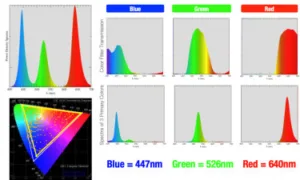In 2012, the International Telecommunications Union (ITU), an international agency regulating telecommunications under the umbrella of the U.N., released its recommendations for the Ultra HD market to help define the parameters for future video broadcast technology. These recommendations are commonly referred to as BT.2020.

 Figure 1: Rec. 709 vs. BT.2020 Source XDA (of course, the image is limited by the display you are viewing with! Editor)
Figure 1: Rec. 709 vs. BT.2020 Source XDA (of course, the image is limited by the display you are viewing with! Editor)
BT.2020, or Rec. 2020 includes recommendations for resolution, frame rate, bit depth, color range, as well as other values, the main ones of which are detailed in the tables below:
 Table 1: BT. 2020 Specifications Source:ITU
Table 1: BT. 2020 Specifications Source:ITU
Though BT.2020 encompasses the various specifications listed above, most current discussions involving BT.2020 refer to the color range aspect of the BT.2020 specifications, which are a dramatic step up from the color range of the BT.709/Rec. 709 standards that preceded it. BT.2020 acts as a lodestar for color representation in projectors and televisions, which means products now and into the future will tout their color capabilities using BT.2020 as the standard.
 Figure 2: CIE Diagram Showing All the Colors that the Human Eye Can See Overlaid W/Today’s Colorimetry Source:Nanosys
Figure 2: CIE Diagram Showing All the Colors that the Human Eye Can See Overlaid W/Today’s Colorimetry Source:Nanosys
The yellow dots are reference points for Pointer’s colors which represent the range of reflected colors in nature. (Movie content has lots of colours outside Pointer’s gamut see (So, There’s no Colour Content above P3 Gamut, is There? (Part )1 which we posted about last year).
Recently, High Dynamic Range (HDR), has been introduced to represent a greater contrast of colors by allowing for much greater luminance in terms of contrast. To achieve the contrast level exemplified by HDR, displays and projectors must allow for extremely high luminance levels, ranging from 1,000 to 10,000 cd/m² depending on the HDR standard used.
Color on the other hand is where HDR becomes intertwined with BT.2020, because the color range that is required for HDR is the same color range defined by BT.2020. HDR is defined by contrast/brightness enhancements which are not explicitly outlined in BT.2020’s package of specifications. To address this gap, the ITU in 2016 released its newest recommendations, BT.2100, to include HDR in its specifications, essentially making BT.2100 just BT.2020 plus HDR. The next set of figures differentiates between BT 709 and BT 2020 and then compares human vision vs. BT.2020
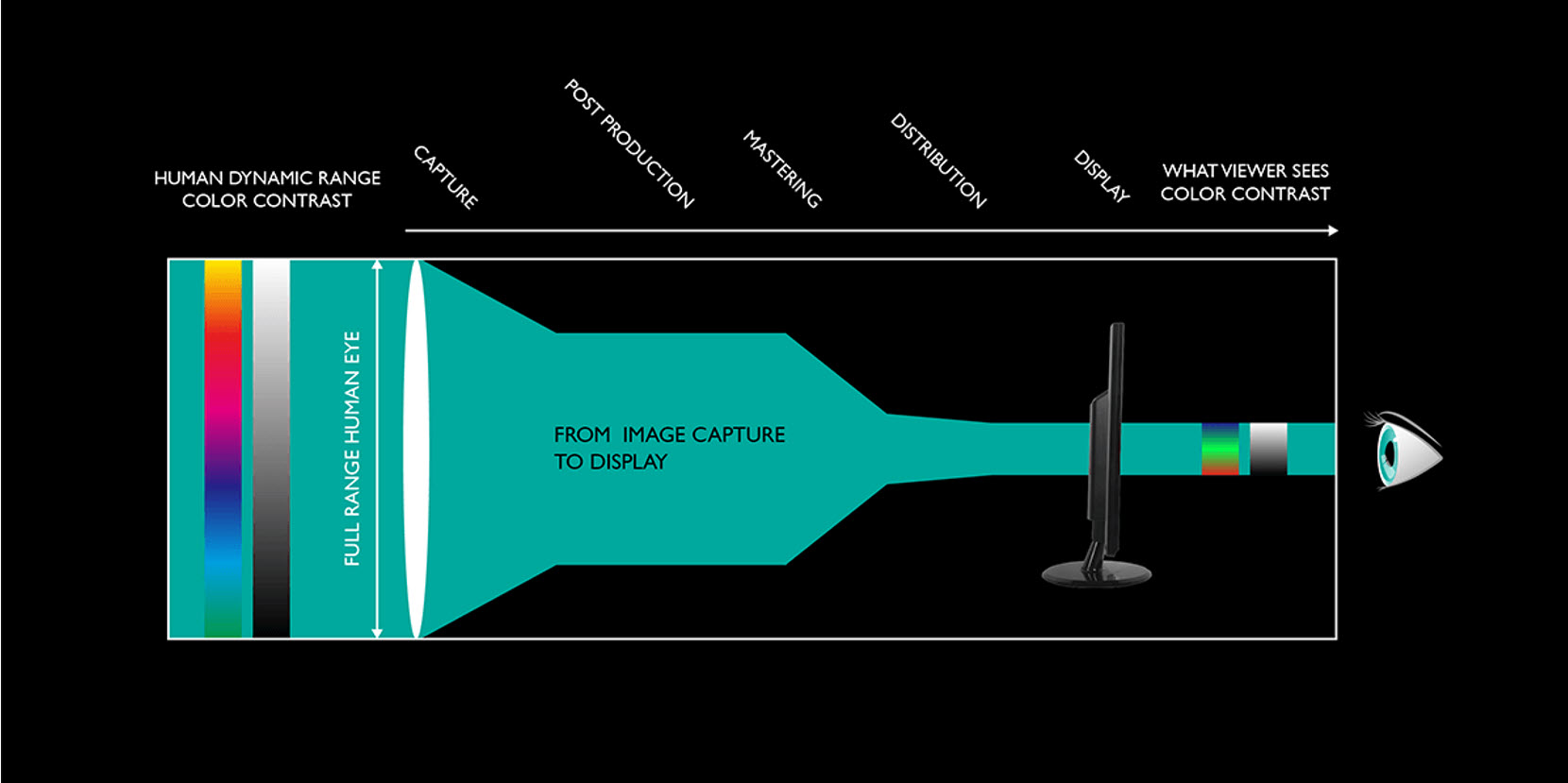 Figure 4: Rec.709 Range Source:ITU
Figure 4: Rec.709 Range Source:ITU
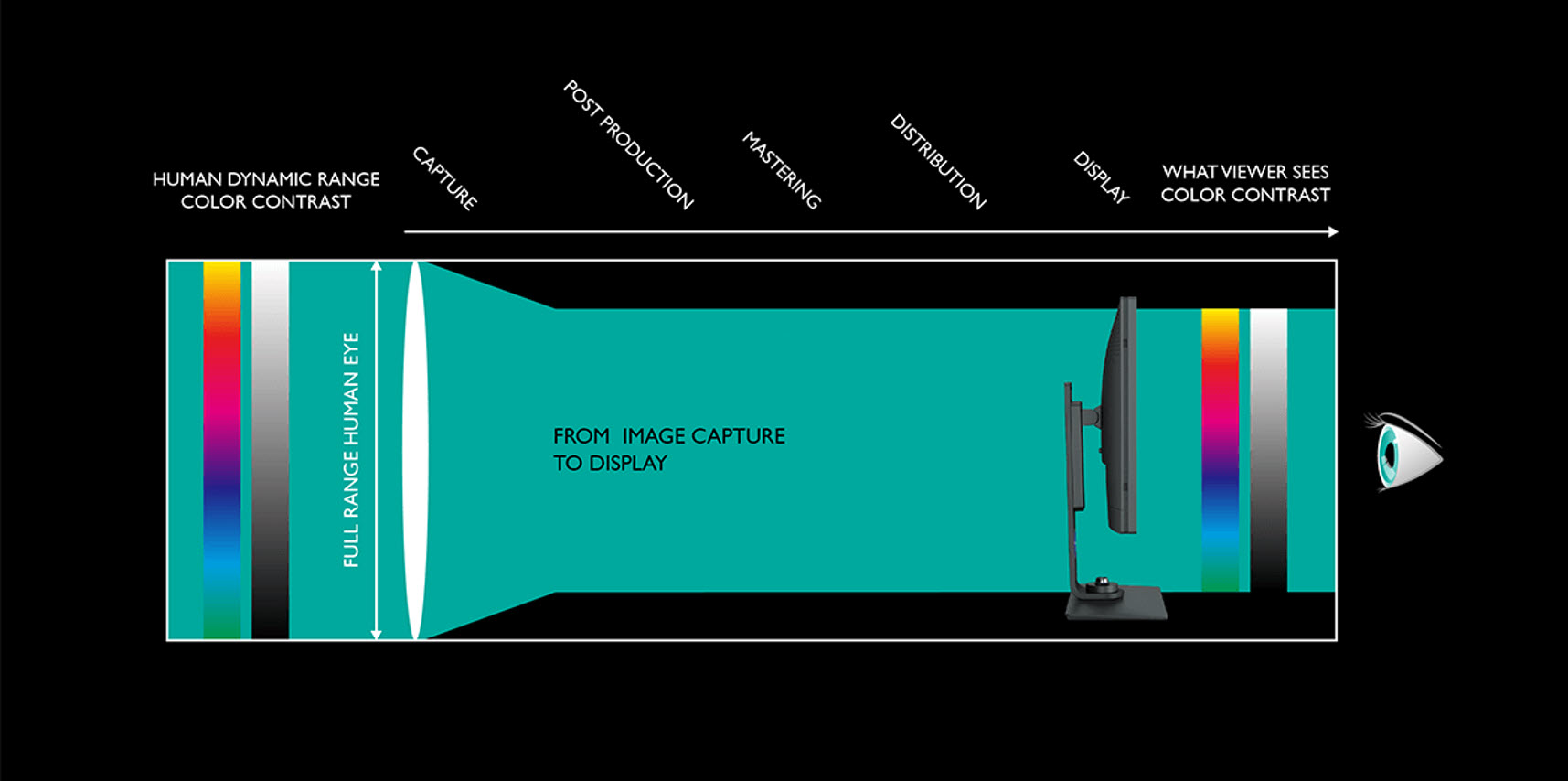 Figure 5: BT.2020 Range Source:ITU
Figure 5: BT.2020 Range Source:ITU
 Figure 6: Human Visual Dynamic Range to BT.2020 Source:ITU
Figure 6: Human Visual Dynamic Range to BT.2020 Source:ITU
There are a number of products on the market that are using the discussion around BT.2020 to their advantage, with marketing that labels their products as “BT.2020 Compatible”. While there are plenty of projectors and televisions that meet the standards of most of BT.2020’s recommended specifications, there currently are no commercially affordable options that are able to meet BT.2020’s color specifications.
Because there are no flat panel products* on the market, outside of custom-built specialized equipment, that can actually produce BT.2020 colors, some brands identified all the colors in the BT.2020 color range that are outside of the purvey of their hardware and mapped them onto comparable colors within the BT.709 gamut which their products are capable of producing. Products which are able to do this type of substitution are then labelled “BT.2020 Compatible”. It is not the same as saying a product is BT.2020 compliant or features the full range of BT.2020 colors.
Brands can be expected to develop and refine their technology to finally be able to produce products that fully use the colors that are embodied by BT.2020, HDR, and BT.2100. The difficulty of reaching BT.2020 spans LCDs w/standard LED backlights and QD-enhanced backlights as well as OLEDs. The next chart shows the performance of color filters arrayed against BT.2020, indicating how the peak color intensity misses the target.
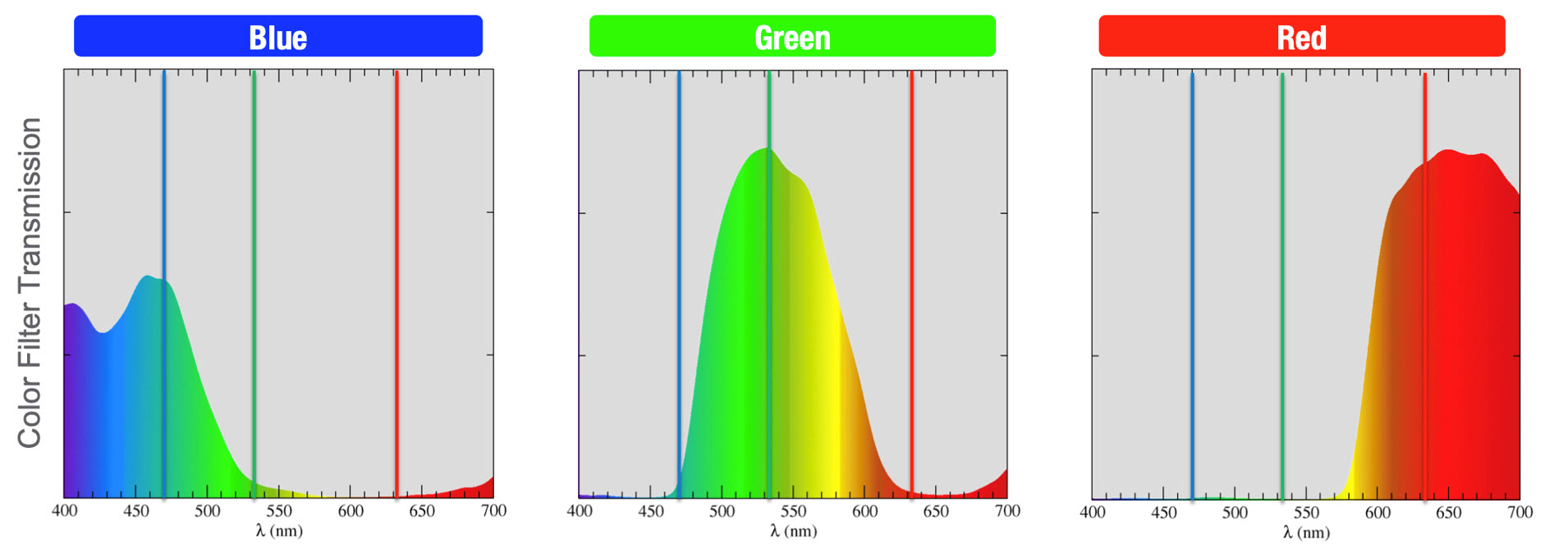 Figure 7: Existing CFAs with rec.2020 Ideal Wavelengths. Source:Nanosys
Figure 7: Existing CFAs with rec.2020 Ideal Wavelengths. Source:Nanosys
 Table 2: BT.2020 Color Specs vs. Current OLED Performance. Source OLED-A
Table 2: BT.2020 Color Specs vs. Current OLED Performance. Source OLED-A
 Rec 2020 vs 2021 QDs (Source:Nanosys). Table added after publication.
Rec 2020 vs 2021 QDs (Source:Nanosys). Table added after publication.
The challenge for OLEDs is not in achieving the proper wavelength as the color can be tuned during construction of the molecule. The issue for OLEDs is the intensity of the prime color given the relatively wide FWHM, which would require more current to reach the target luminance.
Mike Hack, VP Universal Display, delivered a paper at DisplayWeek discussing the challenge to produce BT2020 displays using OLEDs and LCDs. He was aided in the paper by Intel’s Advanced PC group. The paper concentrated on the power consumption effects of going from sRGB to DCIP3 to BT2020. Currently, top emission OLEDs as used in smartphones have an approximate EQE of 24% for PH red and green and an 11% EQE for FL blue. There is also a 50% increase in efficiency in the normal direction when using a top emission microcavity, which involves multiple reflections from the anode and cathode and at each interface. The spectrum can be tailored to deliver (v0/sv0) Resonance Frequency/FWHM
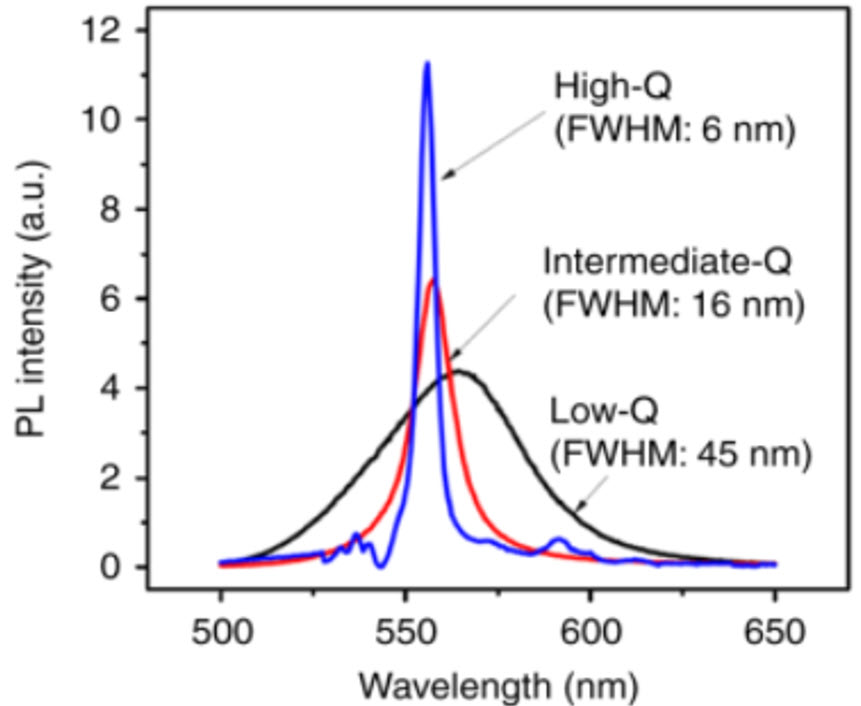 Figure 8: Spectrum Tailoring and the FWHM. Source: OLED-A
Figure 8: Spectrum Tailoring and the FWHM. Source: OLED-A
The paper’s approach was to forecast the improvement in both LED and OLED EQE and then calculate the power consumption increments needed to get to BT.2020. Intel’s PC group objective was to determine the power consumption changes and therefore the battery needs to get to higher colorimetry, since most notebooks use sRGB. “increase in power to get to higher color gamut. Hack and his team constructed a set of future performance improvements to model BT2020 power consumption. In the LCD model, an RGB configuration was used to deliver white light. The LED EQEs were based on a literature search that was not identified in the paper, but were quite optimistic:
- Blue 84%
- Red 65%
- Green 50%
For OLEDs, the device were all phosphorescent and the EQE was:
- Blue 25% up from 10%
- Red and Green 35% up from 24%
They simulated a 10.4” UHD OLED display with 50% of the pixels lit and a luminance of 500 cd/m². The model calculated the change in power consumption going from sRGB to DCI-P3 to BT.2020. Given the same set of images, the OLED display consumed ~2300 mW for sRGB, ~2450 mW for DCIP3 and ~3000mW for BT2020. The simulation was validated by comparing the power consumption to an actual display as shown below.
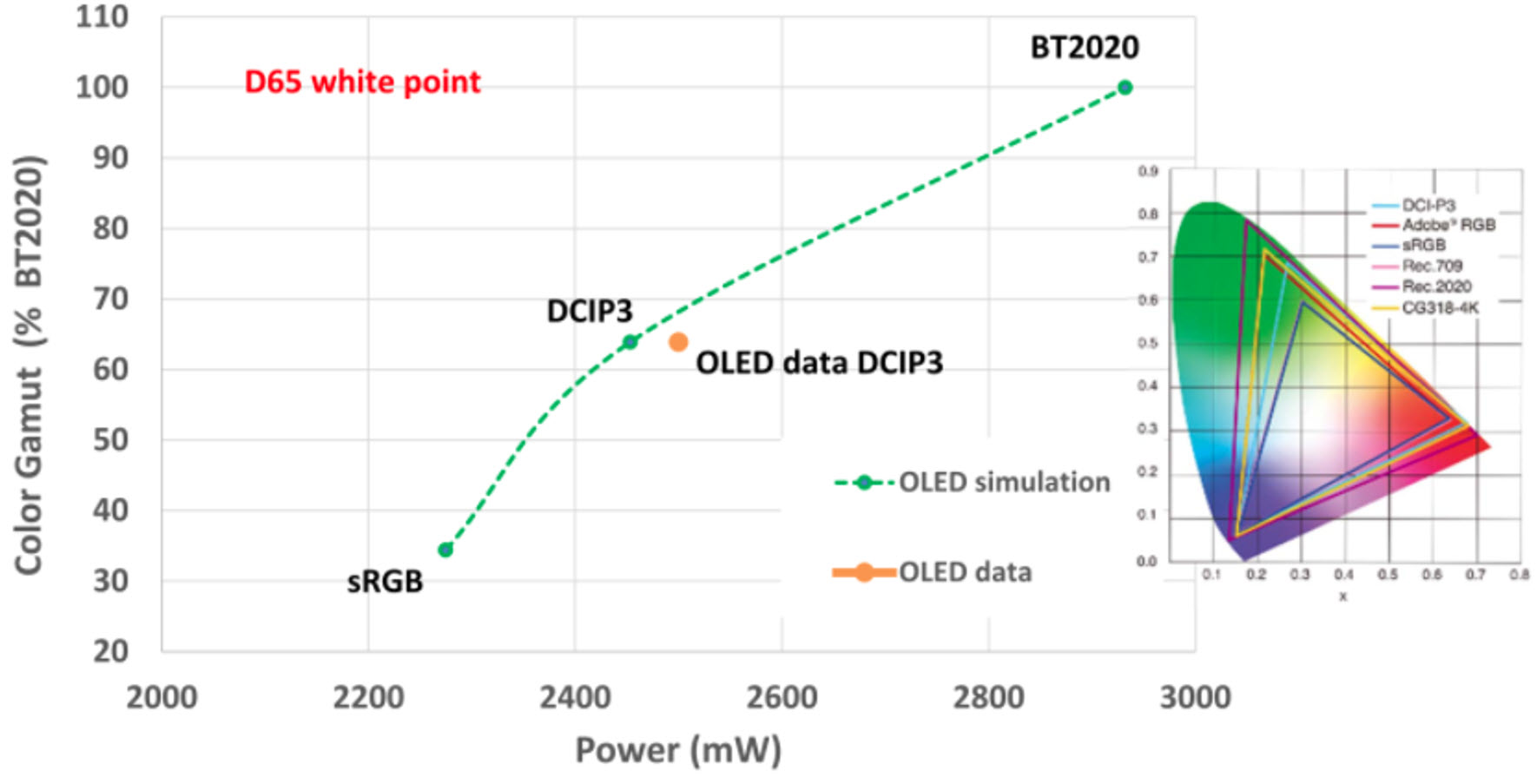 Figure 9: Modeling OLED Power Consumption. Source:UDC
Figure 9: Modeling OLED Power Consumption. Source:UDC
The next chart shows the change in power consumption for a comparable LCD, when going from sRGB to DCI-P3 vs. the change with an OLED. The conclusion drawn is that the change in power consumption for an LCD is significantly greater for LCDs than OLEDs.
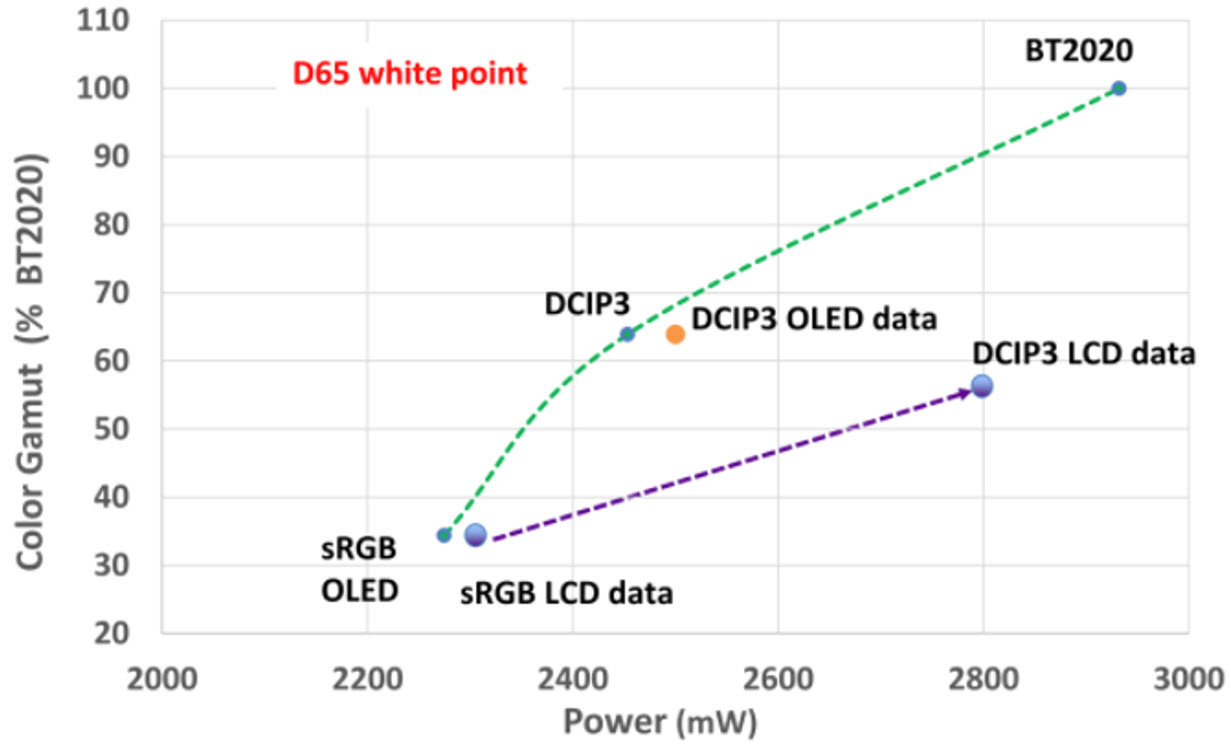 Figure 10: Power Consumption Effects of Improving Color Gamut — OLED vs. LCD. Source:UDC
Figure 10: Power Consumption Effects of Improving Color Gamut — OLED vs. LCD. Source:UDC
The calculations were based on Hack’s formulation of how to increase the color gamut coverage in each technology. For OLEDs, the emission spectrum of the emitters are narrowed, while for conventional LCDs, color filters are designed to exclude the lower intensity color range. Currently, color filters are around 49% efficient for the “average” color, so narrowing the spectrum would decrease the efficiency, as shown below. Hack commented that in the model he decided to use RGB LEDs and a ‘perfect’ color filter, which theoretically would produce the most efficient LCD method.
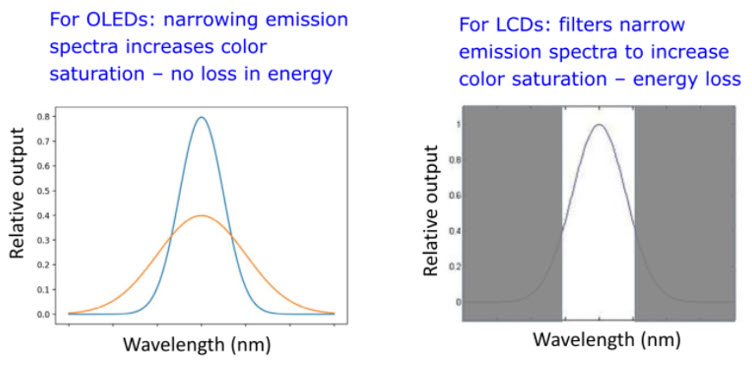 Figure 11: Methodologies for Improving Color Gamut – OLED vs. LCD
Figure 11: Methodologies for Improving Color Gamut – OLED vs. LCD
The team used Intel’s Project Athena Battery life model, which considers all system components including displays and their usage, LCD and OLEDs were compared on color gamut and power consumption. Logic power was ~1W, based on using a LTPS backplane and UHD resolution. The battery life model calculated 12% less power consumed by OLED’s DCI-P3 and 47% less power for BT.2020 as shown below.
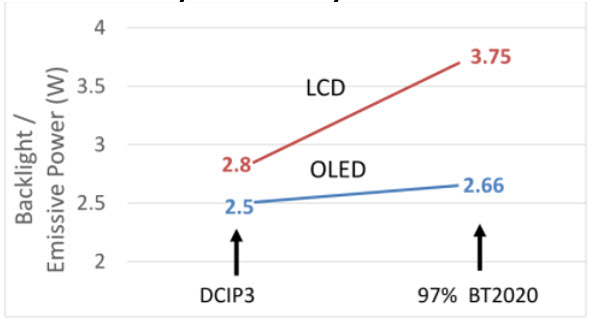 Figure 12: Intel PC System Battery Life Model Results. Source:UDC
Figure 12: Intel PC System Battery Life Model Results. Source:UDC
Using RGB LED is quite different from the current method, which has high efficiency blue LEDs with QD color converters that produce white light. The white light is then converted with a color filter. We contacted Nanosys to get their approach to achieving BT.2020**:
- Regarding color gamut and brightness, the issue for LCD is the cutoff frequency response for the color filters. Using the rec 2020 primaries at 467, 532 and 630nm, there is too much color crosstalk and the whole gamut is wrecked. The blue will always show up in the green channel making it appear aqua. So, the blue needs to be moved down while other compromises are required to tune around the red and the green to end up with the highest gamut coverage at 447, 526 and 640nm. With most color filters can produce >90% rec 2020, some sets can achieve 93-94%.
- Relative to DCI-P3, (465, 544, 615)… 465nm will measure brighter than 447nm; 544nm brighter than 526nm and 615nm brighter than 640nm. Although the QDs can use two standards that are similar in terms of EQE, the brightness takes a big hit. Panel makers typically using 450nm blue, 532nm green and 622nm red for DCI-P3, after factoring for color filter cross talk, etc. With this they can achieve 99% DCI-P3. This combination is 12-15% brighter than the rec2020 primary-based solution.
- Without color filters the primaries can be closer to the standard, for example at 467nm, 532nm and with the red at ~628nm. For the same number of photons out, this would only be a few percent less bright than the DCI-P3 LCD solution.
- For photons, the EQE, stokes shift, etc. are not much different between the two sets of wavelengths for QDs. But the photons are much further off the peak eye sensitivity using filters. For QD-OLED rec 2020 color gamut could be achieved with a very small brightness penalty.
The ideal wavelengths for Rec2020 are monochromatic sources at 467nm, 532nm and 630nm. The current approach using a GaN blue LED for the blue primary source at 467nm, causes blue/green crosstalk, which is unacceptable with these color filters. Moving the peak of the blue primary to minimize the green color channel crosstalk, sacrifices some of the rec.2020 coverage as the blue will not be in the correct location, but it can be compensated elsewhere to some degree.
The next figures show how existing LCD color filters perform against the Rec 2020 specs. The solution is not to narrow the spectrum, but to move the peaks. Replacing the monochromatic green source with a green using a QD emission spectra, causes some crosstalk of the green into the blue, which can be tuned to optimize the blue by moving the green. By moving the green primary deeper, the green-blue crosstalk is in the blue, and while the effect is a more distributed primary, the result is to shift the blue primary back red slightly and improve its location on the CIE diagram. Using a narrow red QD emission, places the primary at the rec2020 primary of 630nm, as shown in the next two figures.
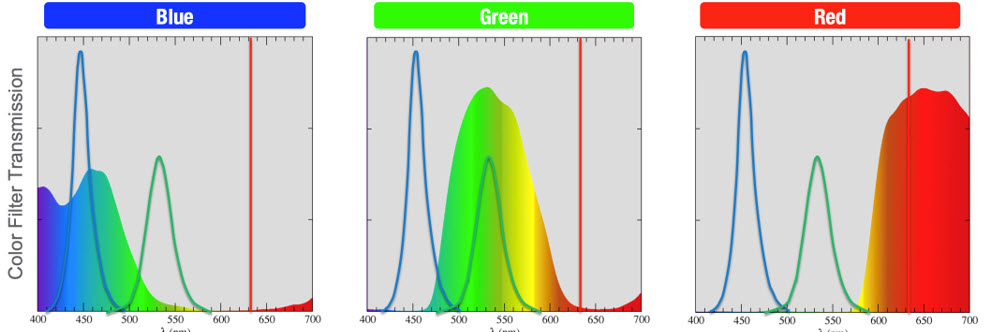 Figure 13: Place Green Primary with QD at <30nm. Source: Nanosys 2015
Figure 13: Place Green Primary with QD at <30nm. Source: Nanosys 2015
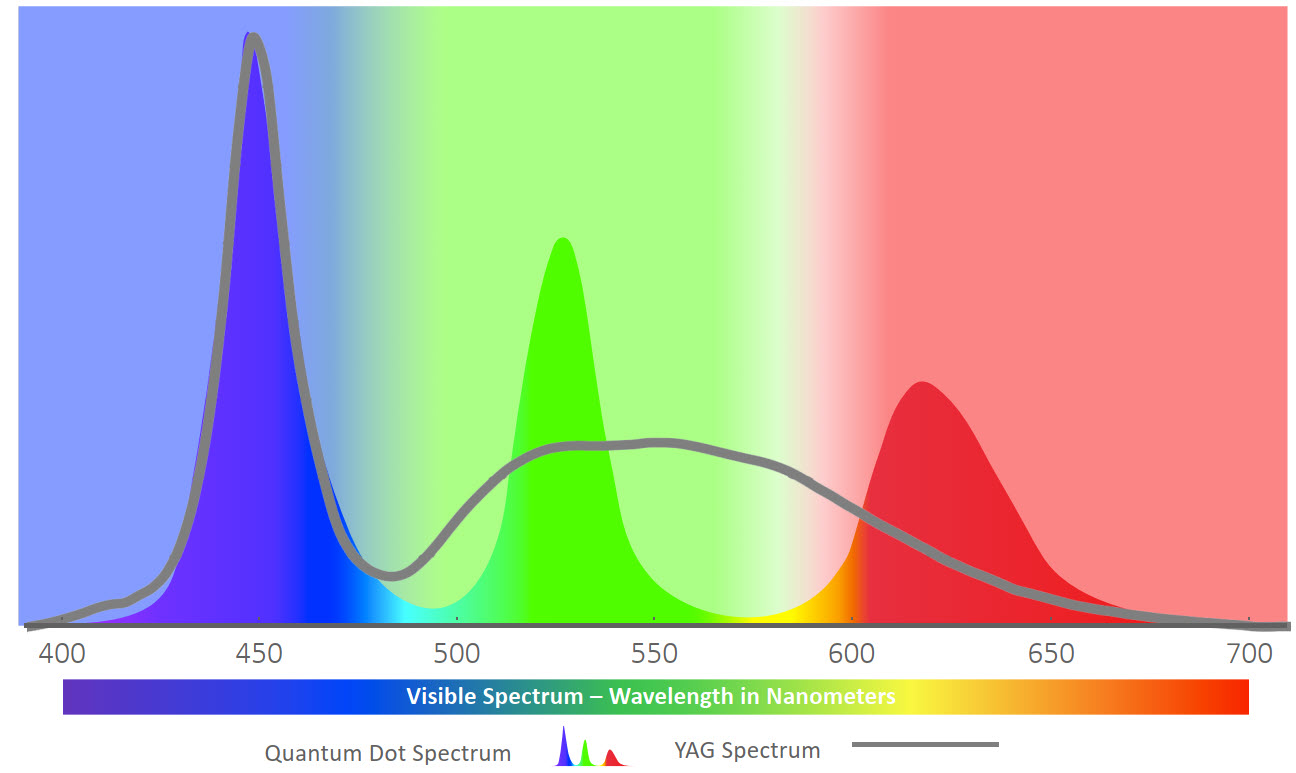 Editor’s Note: Nanosys provided this graphic of its QD emission shown at SID 2019, after publication to show more accurately where QDs are. The full presentation is here.
Editor’s Note: Nanosys provided this graphic of its QD emission shown at SID 2019, after publication to show more accurately where QDs are. The full presentation is here.
By applying these changes to the QDs, Nanosys shows the ability to achieve >90% of Rec2020. To improve Rec.2020 coverage beyond 95%, both blue and green color filters need to change with better separation of the blue and green peaks. It would also require a spec change or definition change to slightly different primary peaks to enable 100% compliance
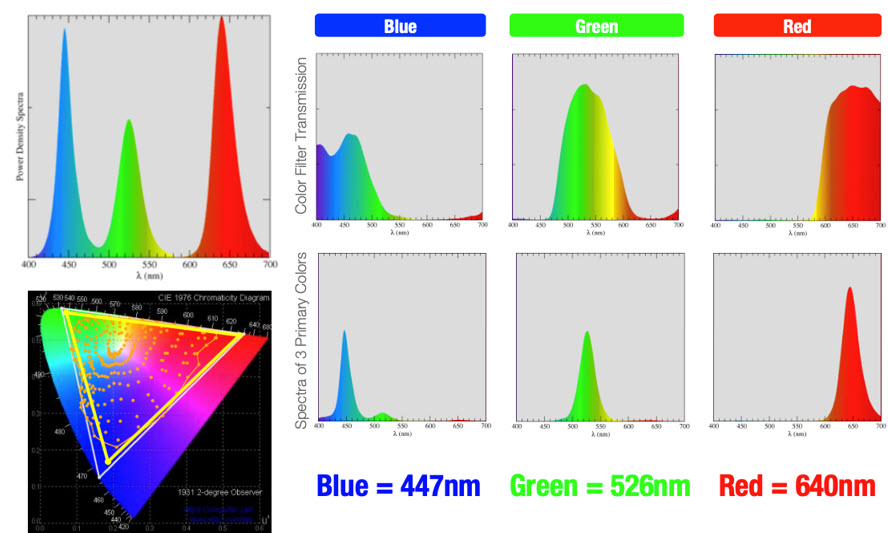 Figure 14: Result >90% Rec2020. Source: Nanosys
Figure 14: Result >90% Rec2020. Source: Nanosys
The power consumption calculation is complex, but Nanosys estimates only a minor increase when going from DCI-P3 to BT. 2020 using the revised QDs, without assuming an increase in the efficiency of the blue LED.
This exercise seems convoluted to me. While notebooks are sensitive to power consumption, they are not expected to be an early adopter of BT.2020 and TVs, which are starting to use BT.2020 are not highly sensitive to power consumption differences. The analysis wouldn’t work for OLED TVs using RGBW or QD-OLED since they require color filters, which would reduce the efficiency by ~70% for RGBW OLEDs and ~15% for QD-OLEDs.
Although Hack believes OLEDs will be more efficient than LED/LCDs for BT.2020, UDC is developing OVJP, designed to print phosphorescent materials, side-by-side to eliminate the color filters needed for WRGB OLEDs TVs. (BY)
Barry Young is the CEO of the OLED Association
* There are several ways of achieving full coverage of Rec 2020 using lasers. Dolby Cinema
** While Nanosys did provide some comments on this article, it has made clear that it does not endorse or agree with the conclusions of this article.

